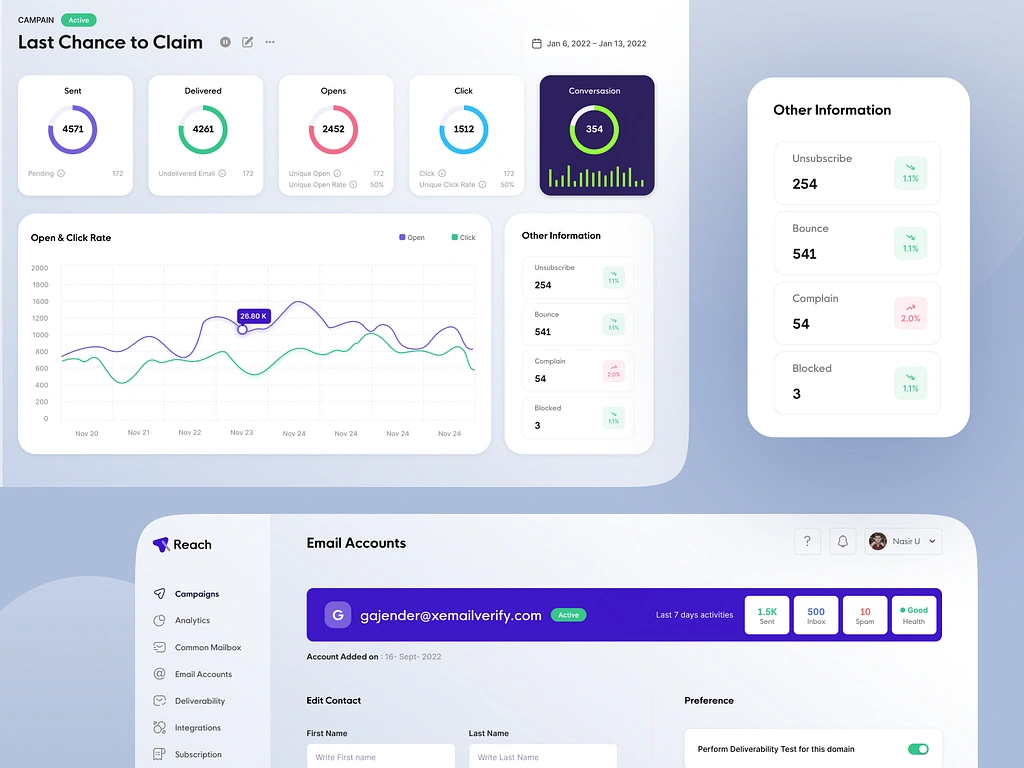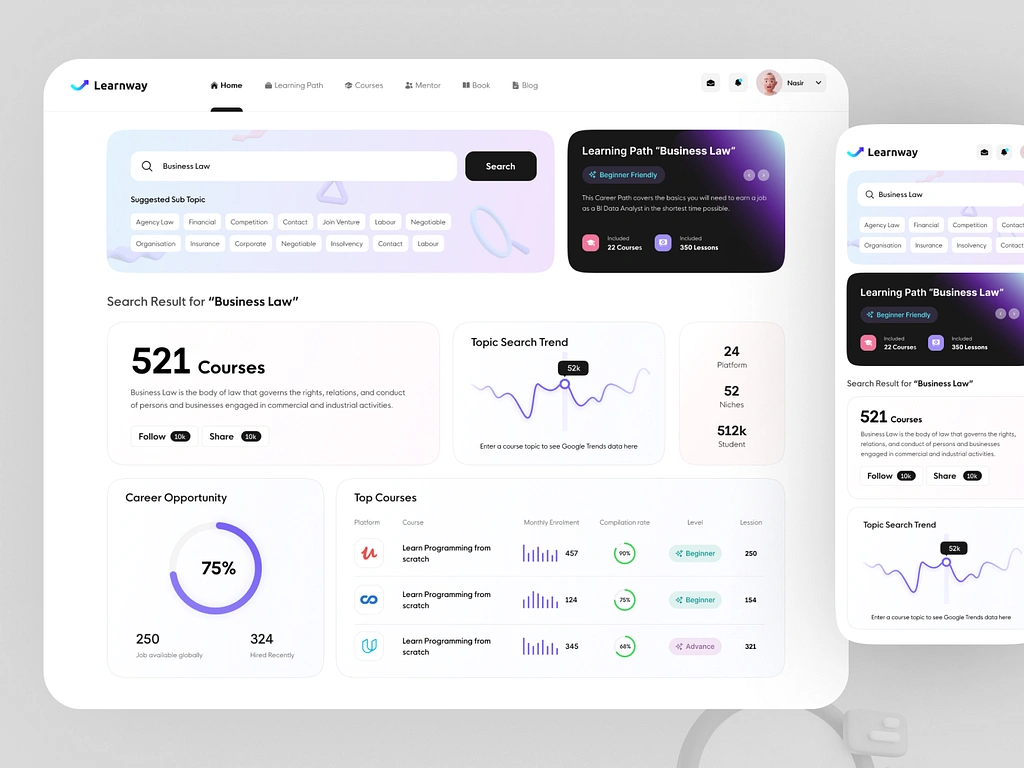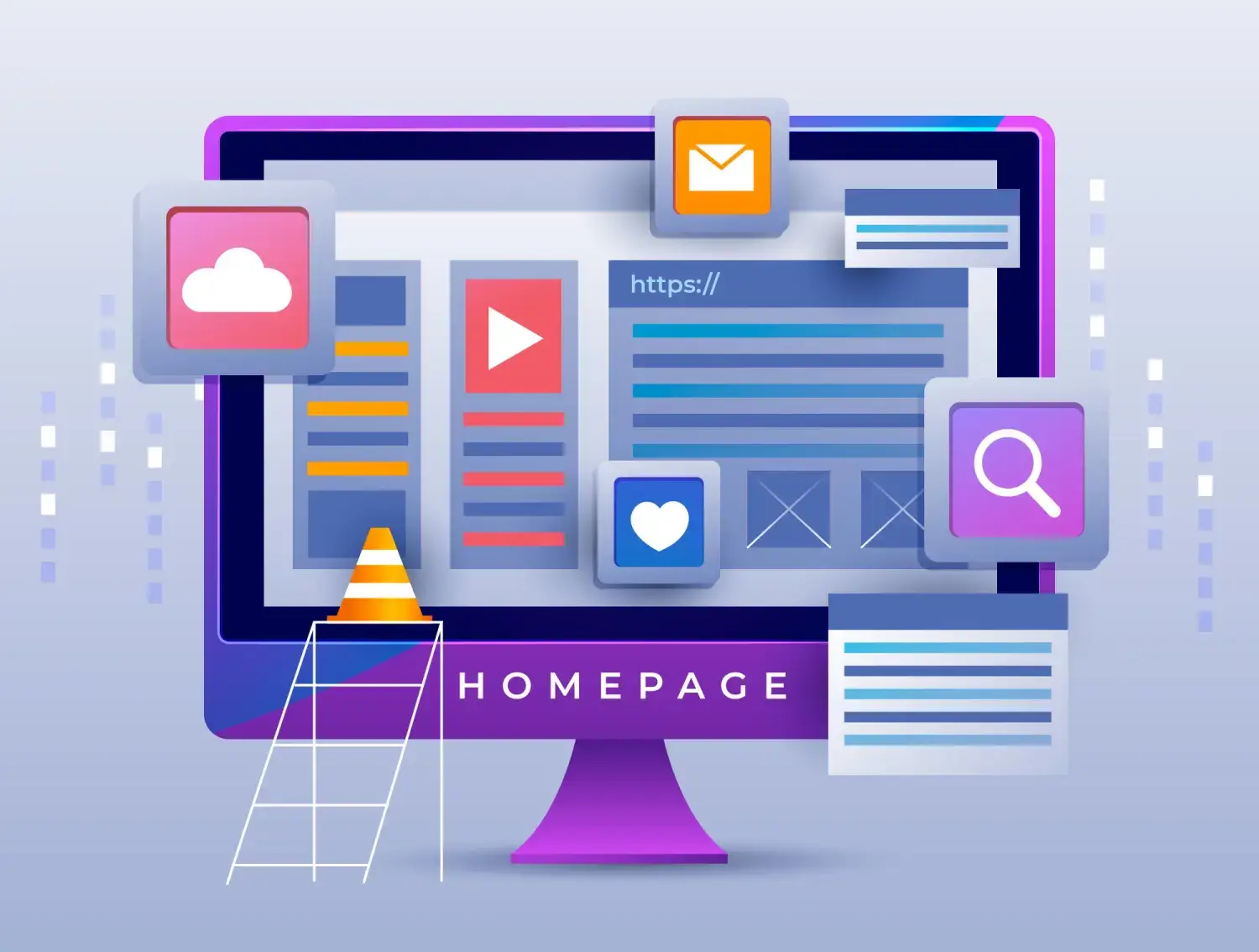In a world where efficiency is king and innovation reigns supreme, the business landscape is constantly evolving, shaped by a plethora of tools that strive to make operations smoother and more effective. Imagine for a moment the inner workings of your favorite smartphone — sleek, intuitive, and oh-so-essential to daily life. Now, transpose that innovative design thinking onto business tools. It’s a process akin to breathing new life into everyday work functionalities, turning them from mere utilities into indispensable elements of corporate strategy. This is where product design expertise steps in, not just as an accessory but as a catalyst for transformational change. By infusing business tools with the principles of CRN Design and Utility Tools Design, companies can unlock unprecedented levels of productivity and employee satisfaction.
Consider the subtle yet profound impact of a well-designed graphical interface or the seamless integration of software that anticipates user needs before they even arise. It’s in these nuances that the real magic lies — turning complexity into simplicity and potential chaos into elegant order. Product design doesn’t just enhance business tools; it redefines their very utility. By drawing on the same creative methodologies that have long propelled consumer products to stardom, businesses can craft tools that are not only functional but also engaging, adaptable, and aligned with the fast-paced demands of today’s marketplace. Dive into the world where art meets analytics, and discover how these expertly designed tools are paving the way for a smarter, more agile future in the corporate arena.
Understanding the Impact of Product Design in Business Tools
When it comes to business tools, product design plays a crucial role in shaping their impact and effectiveness. By understanding the importance of product design in this context, companies can harness its power to create tools that not only meet the needs of their users but also drive success in the marketplace.
Product design goes beyond aesthetics; it encompasses the principles of CRN Design and Utility Tools Design. These principles focus on creating tools that are intuitive, user-friendly, and efficient. By incorporating these principles into business tools, companies can enhance user experience and streamline operations.
For example, imagine a project management tool with a clean and visually appealing graphical interface. This design choice not only makes the tool more visually appealing but also improves usability. Users can navigate through different features effortlessly, leading to increased productivity and reduced frustration.
Additionally, product design can enable anticipatory software that meets user needs proactively. By analyzing user behavior and patterns, business tools can anticipate what users might need next and provide relevant suggestions or features. This level of personalization enhances user satisfaction and makes the tool indispensable in their daily workflows.
The Art of Simplifying Complexity in Business Tools
In today’s fast-paced business environment, complexity is inevitable. However, well-designed business tools have the power to simplify this complexity and make tasks more manageable for users.
Through thoughtful product design, businesses can transform complex processes into intuitive workflows. By breaking down tasks into smaller steps or automating repetitive actions, these tools empower users to focus on what matters most – achieving their goals efficiently.
Consider an accounting software that simplifies financial management for small businesses. With a user-friendly interface and step-by-step guidance, even individuals without extensive accounting knowledge can navigate through financial tasks with ease. This simplification not only saves time but also reduces the risk of errors, ultimately benefiting the business as a whole.
Crafting Engaging and Adaptable Tools for the Modern Marketplace
In today’s rapidly evolving marketplace, businesses need tools that can adapt to changing needs and engage users effectively. Product design expertise enables companies to create tools that are not only functional but also engaging and adaptable.
By incorporating elements of gamification or interactive features, business tools can capture users’ attention and make mundane tasks more enjoyable. For example, a project management tool might incorporate badges or rewards for completing tasks on time, encouraging users to stay motivated and engaged.
Furthermore, product design ensures that business tools align with the fast-paced demands of the modern marketplace. By staying updated with industry trends and user feedback, companies can continuously improve their tools to meet evolving needs. This agility gives businesses a competitive edge by enabling them to stay ahead of the curve.
Bridging the Gap Between Artistic Creativity and Analytical Precision
Product design in business tools bridges the gap between artistic creativity and analytical precision. It combines aesthetics with functionality to create tools that are visually appealing while serving their intended purpose effectively.
By infusing creativity into business tools, companies can differentiate themselves from competitors and leave a lasting impression on users. A well-designed tool not only performs its intended function but also evokes positive emotions in users through its visual appeal or seamless user experience.
However, it’s important not to overlook analytical precision in product design. Business tools must be designed with careful consideration of user workflows, data management, and security requirements. Balancing creativity with analytical precision ensures that these tools are both visually appealing and reliable in their performance.
The Transformational Power of Well-Designed Business Tools
Well-designed business tools have the power to transform the way companies operate and achieve their goals. By leveraging product design expertise, businesses can unlock new levels of productivity, efficiency, and employee satisfaction.
When employees have access to well-designed tools that enhance their workflows, they can focus on strategic initiatives rather than getting bogged down by manual or cumbersome processes. This empowerment leads to increased job satisfaction and ultimately drives business success.
Moreover, well-designed business tools can also improve collaboration and communication within teams. By providing intuitive interfaces and seamless integrations with other software, these tools facilitate smooth information sharing and foster a collaborative work environment.
Embracing a Smarter, More Agile Future through Product Design
The future of business tools lies in embracing product design expertise. By incorporating the principles discussed above and continuously innovating in this space, companies can create smarter, more agile tools that adapt to the ever-changing needs of businesses.
As technology advances and user expectations evolve, product design will play an increasingly critical role in shaping the success of business tools. Companies that prioritize product design will be better positioned to stay ahead of the competition and meet the demands of a rapidly evolving marketplace.
In conclusion, product design expertise is instrumental in enhancing the impact of business tools. From understanding user needs to simplifying complexity and embracing creativity while maintaining analytical precision – these principles pave the way for transformative change. By investing in product design expertise, businesses can unlock new levels of productivity, engagement, and success in today’s dynamic corporate landscape.












